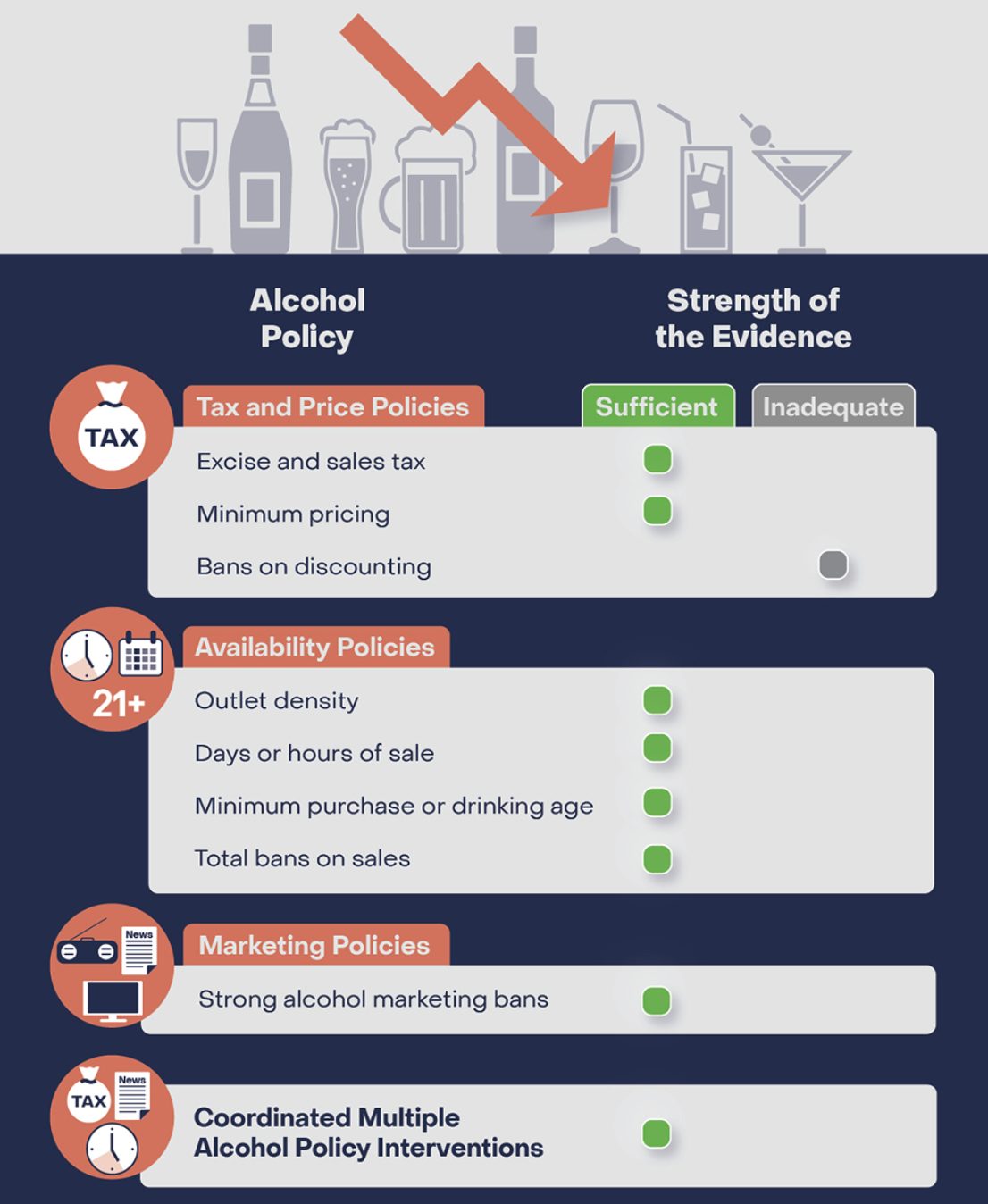Alcohol: Here are policies to reduce consumption for the benefit of citizens.

World Brain Health Day is celebrated on July 22nd, established by the World Federation of Neurology, which stated that " brain health is not a moment in time: it is a lifelong commitment." One of the main threats is alcohol, a carcinogenic and neurotoxic substance whose consumption leads not only to premature aging but also to numerous diseases, including neurodegenerative diseases , through known mechanisms and others still under investigation. The latest study, published in the journalNeurology , investigated the brains of over 1,700 people post-mortem, combining tissue analysis with the subjects' drinking habits. It found an association between alcohol consumption and small-vessel atherosclerosis, the accumulation of neurofibrillary tangles, a reduction in brain mass, and cognitive ability. Premature brain atrophy has emerged from several studies, this one in particular linking it to the consumption of even low levels of alcohol, perceived by most as harmless. The Lancet Commission on Dementia has long listed alcohol among the 14 risk factors to avoid to prevent 45% of dementia cases worldwide.
A key factor affecting our health is a handful of industrial products : air pollution from fossil fuels, sugar and ultra-processed foods, tobacco, chemicals, and alcohol. These five factors are responsible for nearly 30% of the global mortality burden, according to the Institute for Health Metrics and Evaluation (IHME) at the University of Washington. To protect citizens, reduce deaths, and the associated costs, we must also intervene at that level, through increased product regulation .
The report, published in the New England Journal of Medicine , by the International Agency for Research on Cancer (IARC) in Lyon, presents some of the effects of alcohol policies on reducing alcohol consumption. The report is a synthesis of the content published in the Handbooks of Cancer Prevention Volume 20B, in which IARC provides useful information to policymakers for implementing alcohol control measures . Implementing proven measures, both at the individual and community levels, to limit alcohol exposure could bring benefits to population health in just five years.
Measures capable of reducing consumption include increasing taxes on alcohol and introducing minimum prices for drinks containing it, as well as placing restrictions on its marketing—for example, on days, times, and number of outlets —to reduce access to the substance and reduce exposure to marketing campaigns . These measures have immediate effect. For those already experiencing impaired drinking behavior, there is also a measure consisting of a brief psychosocial intervention, the effectiveness of which is estimated to be visible within 12 months, according to an analysis published in The Lancet Regional Health Europe covering all risk factors for noncommunicable diseases.

The numbers are staggering. Alcohol is a major cause of liver, esophageal, colorectal, breast, and head and neck cancers (especially cancers of the oral cavity, pharynx, and larynx). Its consumption, and there is no safe dose, causes 190,000 new cancer diagnoses each year in the European region, 520 people diagnosed with alcohol-related cancer every day.
"The amount and pattern of alcohol consumption are strongly socially influenced, that is, they vary according to socioeconomic status , with a more negative impact on the most disadvantaged," notes Salvatore Vaccarella, leader of the IARC Cancer Inequalities Team . His recent work shows significant socioeconomic inequalities in liver cancer mortality, particularly marked in Eastern European countries, but also among women in Northern European countries and the United Kingdom. In several areas, such as Eastern and Northern Europe, liver cancer mortality is increasing, especially among the most disadvantaged groups . The main cause is most likely excessive alcohol consumption in previous years or decades.
To try to address this epidemic of preventable noncommunicable diseases, the World Health Organization (WHO) is pushing countries to tax sugary drinks, alcohol, and tobacco—which together cause 75% of premature deaths worldwide—by at least 50% over the next 10 years. This ambitious program , called the " 3 by 35 Initiative ," will reduce consumption and generate increased revenues that will go towards healthcare, education, and social protection.
This fall, the Italian Cancer Research Association (AIRC Foundation) will launch a new workshop to raise awareness among young people and adults about the risks of alcohol, titled "I Don't Drink It." This interactive workshop is designed to engage the public in an informative journey about alcoholic beverage consumption and its associated health risks, with games, quizzes, and discussion opportunities. There will also be a particular focus on the correlation between alcohol consumption and an increased risk of developing various forms of cancer. The AIRC Foundation intends to " raise awareness among the general public that the only truly safe amount of alcohol for cancer prevention is zero ." This educational and engaging experience will encourage people to "not drink it" and reflect, in an informed way, on their daily habits.
Photo by Marek Pavlík on Unsplash
For 30 years, VITA has been the leading publication for social innovation, civic activism, and the third sector. We are a nonprofit social enterprise: we tell stories, promote campaigns, and engage with businesses, politicians, and institutions to promote the values of public interest and the common good. We are able to do this thanks to those who choose to support us.
Vita.it





